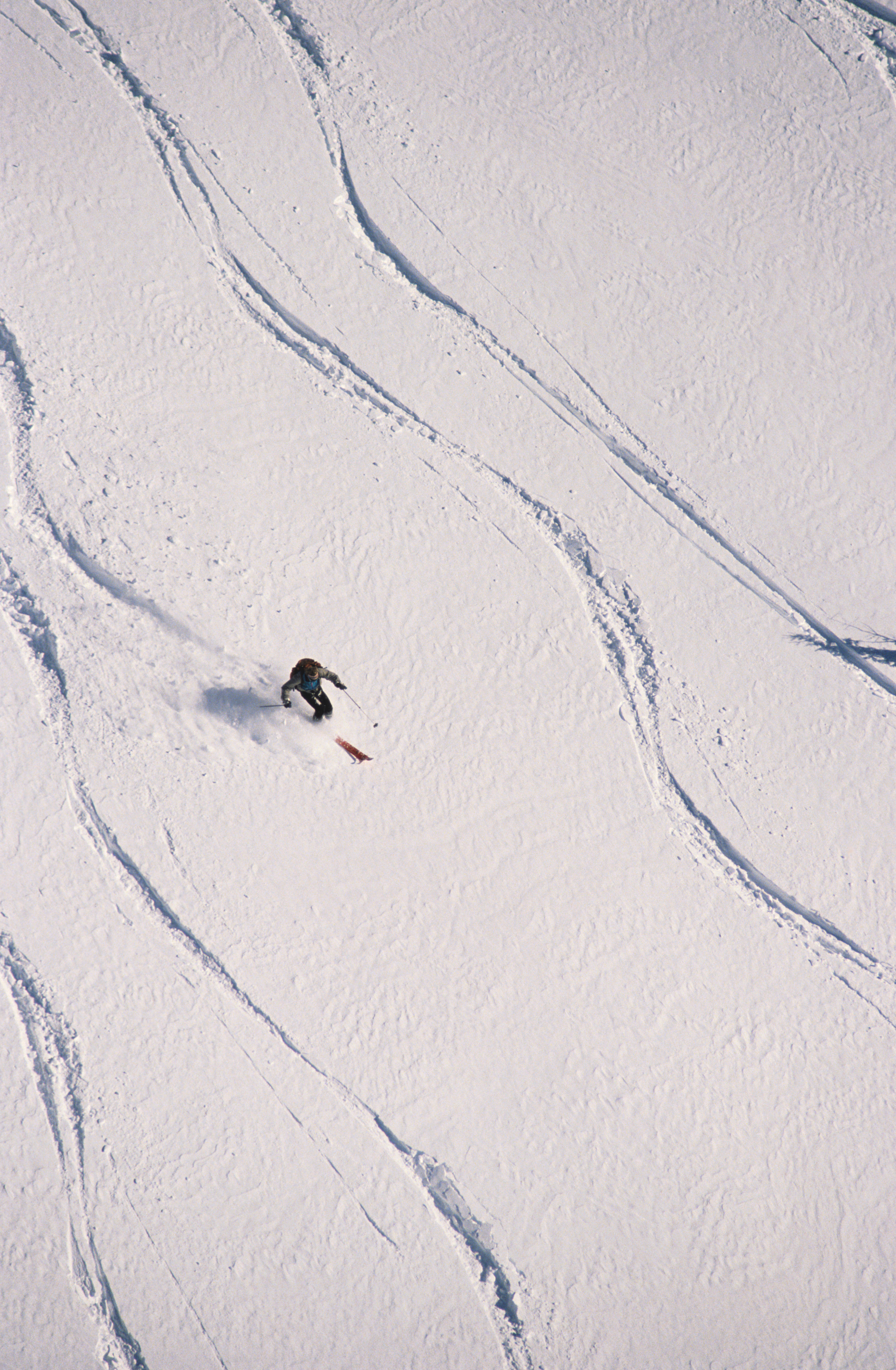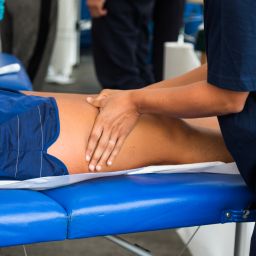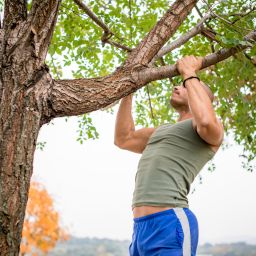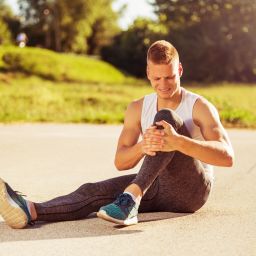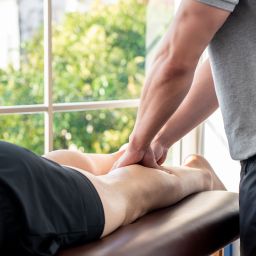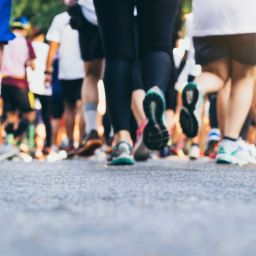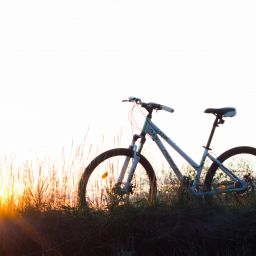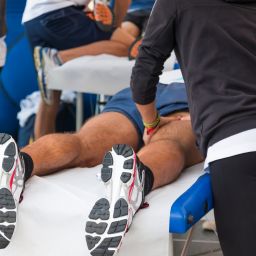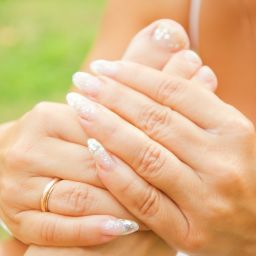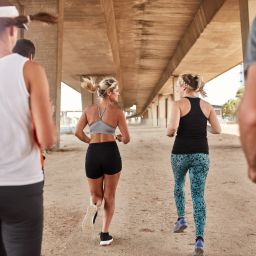Ski holiday time is here, you and your friends may be planning to take to the slopes for a stress relieving holiday. Injury free skiing – is there such a thing?! We think so! To make the most of every day and avoid injury you’ll need to put in the hours for fitness training. But even if you work out daily, skiing for four or five days in a row can be ultra-taxing on your muscles. So don’t be one of those skiers who hits the slopes hard on the first day and then hobbles around for the rest of the week!
Follow our advice below to be ski ready, and fighting fit on your return home!
Massage for injury free skiing
Overworked muscles need stretching and massaging to release knots and tension and loosen muscle fibres. Massage after skiing can be beneficial both physiologically as well as psychologically. The action of massage increases blood circulation and lymph drainage, and helps to clear lactic acid. As a result, lour legs and body can feel fresh the next day as. For skiers, massage of the soft tissues can:
- Enhance recovery time
- Provide post-ski relaxation
- Improve performance.
There are several types of massage that are effective for skiers. Warm up or pre-ski massage will help to prepare your body for the physical exertion by warming up the muscles. Deep tissue massage focuses on the deeper layers of muscle tissue. It targets certain areas and applying firmer strokes and pressure on these areas can be good for releasing knots from a vigorous day on the slopes. Relaxation or Swedish massage uses long strokes and gentle kneading and rolling of the skin and muscles, a great massage for creating a feeling of general all round relaxation and wellbeing. To learn more about the different types of massage, here’s a great article: Which massage choice is right for you?
Getting fit for skiing
Focusing on the muscles you use in skiing*:
- Quadriceps: These are the most used muscles in skiing, They protect your knees and help to hold you in position as you ski. Great exercises for quadriceps include squats and lunges.
- Hamstrings and Glutes: Typically when skiing downhill, your body is held in a flexed positioning leaning forward from the hips. Hamstrings and glutes stabilise the body so they need to be strong for skiing. Deadlifts, one leg lifts, step-ups and hamstring rolls are great exercises for these muscles.
- Calves: Your knees bend as you ski and your calves help you stay upright and prevent you from falling over. Seated or standing calves raises will help here.
- Abs and back: In your flexed, bent over position your back works hard to hold your body in position. To protect your spine from injury you will need strong core muscles. These muscles can be conditioned with exercises like bicycle crunches, V-ups, medicine ball twists, wood shops, bank extensions, lat pulls and dumb bell rows.
- Arms: Along with your back, arms help push you off the poles. So be sure to work biceps and triceps.
Enjoy your ski holiday and return home feeling fit and flexible!
*source: http://www.active.com/fitness/articles/get-fit-for-ski-season-6-week-workout-plan-pt-1

